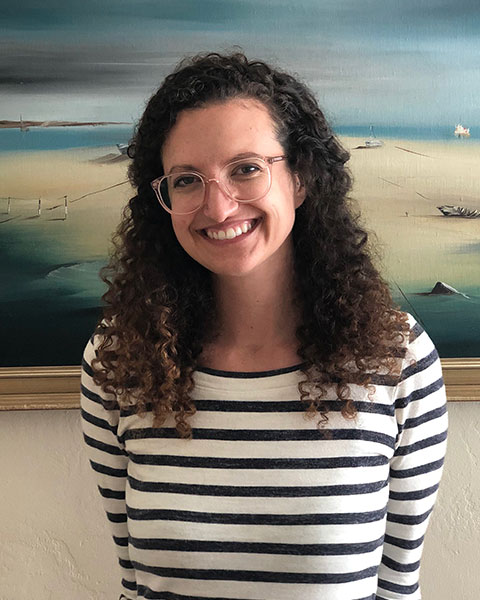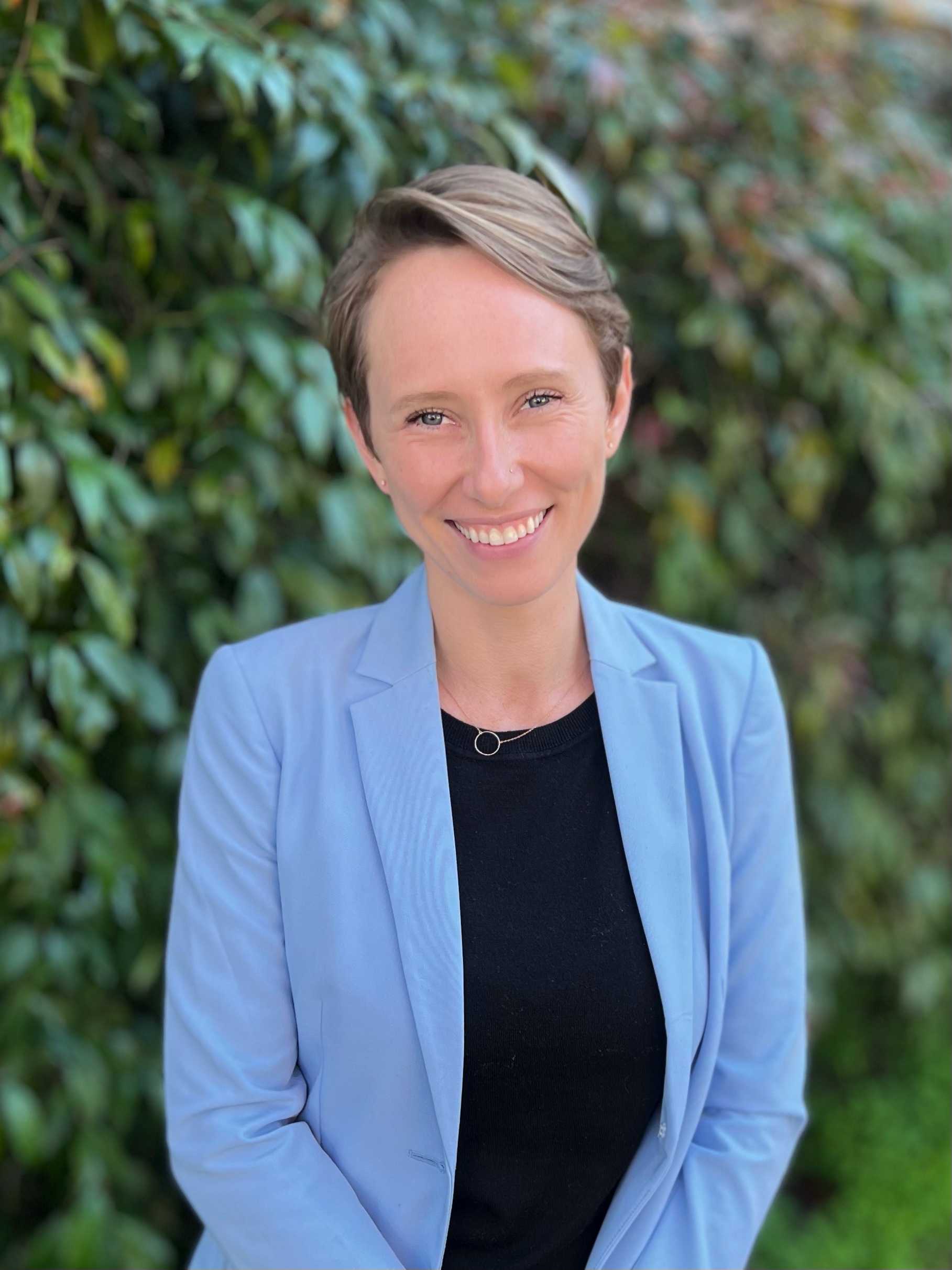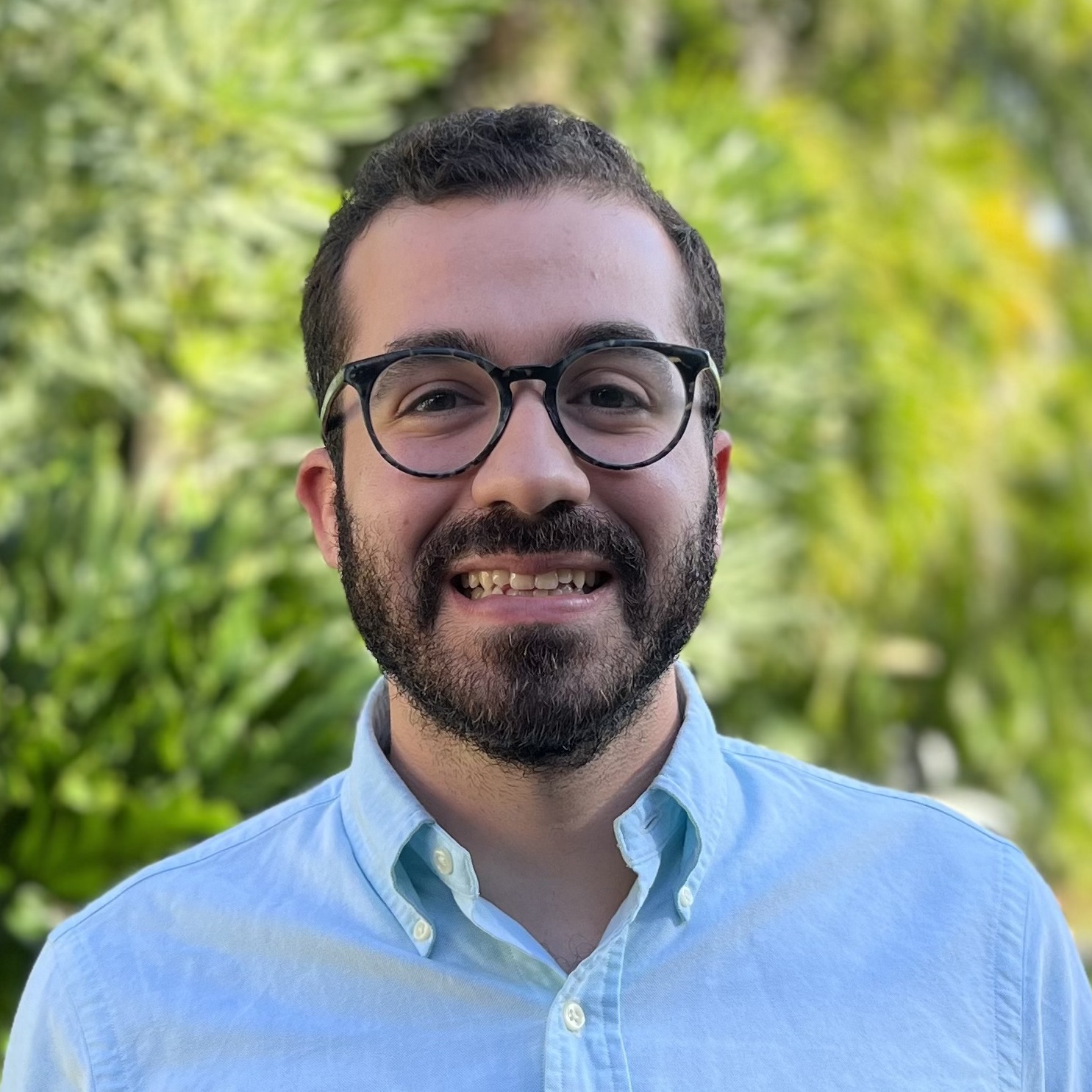Dissemination & Implementation Science
A novel approach to tracking facilitation in real time: A mixed methods study of implementing a transdiagnostic treatment in community mental health centers
(PS5-C63) A Novel Approach to Tracking Facilitation in Real Time: A Mixed Methods Study of Implementing a Transdiagnostic Treatment in Community Mental Health Centers

Linyan Ge, M.S.
Research Assistant
University of California, Berkeley
Alameda, California
Laurel Sarfan, Ph.D. (she/her/hers)
Postdoctoral Scholar
University of California, Berkeley
EL CERRITO, California
Emma Agnew, M.A., LCSW
Clinical Research Supervisor
University of California at Berkeley
Berkeley, California
Krista R. Fisher, B.A.
Research Assistant
University of California, Berkeley
Bay Point, California
Marlen Diaz, B.A. (she/her/hers)
Clinical Science Graduate Student
University of California, Berkeley
Ceres, California
Shayna A. Howlett, B.A.
Project Coordinator
University of California, Berkeley
Emeryville, California
Rafael T. Esteva Hache, B.A.
Project Coordinator
University of California, Berkeley
Berkeley, California
Julia M. Spencer, B.A.
Project Coordinator and Community Facilitator
University of California, Berkeley
Oakland, California
Allison G. Harvey, Ph.D.
Professor
University of California, Berkeley
BERKELEY, California
Author(s)
Co-Author(s)
Background
Implementation science aims to bridge the gap between research and practice. Tracking implementation is critical to establish replicable methods and, ultimately, evaluate causal pathways (e.g., Bunger et al., 2017; Lewis et al., 2018). However, to our knowledge, no real-time tracking approaches have been tested for external facilitation–a widely used implementation approach with strong supporting evidence (e.g., Stetler et al., 2006).
Objective
This mixed methods study was conducted in the context of an NIMH-funded trial focused on implementing the Transdiagnostic Intervention for Sleep and Circadian Dysfunction (TranS-C) in 10 community mental health centers via facilitation. The aims were to develop a novel Facilitation Log to evaluate: (1) activities, targets, and implementation strategies on which facilitators spent the most time; (2) outcomes and corresponding activities on which facilitators spent the most time; and (3) acceptability, appropriateness, and feasibility of the log.
Methods
Development of the Facilitation Log was guided by Proctor’s reporting recommendations (2013). External facilitators (N = 6) implemented TranS-C and recorded the following via the log for each day: 1) facilitation activities; 2) time spent on each activity; 3) target (Damschroder et al., 2009); 4) implementation strategies used (Powell et al., 2015), and 5) intended implementation outcome (Proctor et al., 2011).
Facilitators used the log for 23 months, after which they were interviewed (n = 6). Python was used to collate and analyze the logs. For aims 1 and 2, the amount of time per variable was assessed. For aim 3, interviews were deductively coded to identify themes related to acceptability, appropriateness, and feasibility of the log (Proctor et al., 2011).
Results
For aim 1, facilitators tracked 5453 hours of activities. For activities, the most time was spent on Leading Trainings (12.6%) and Facilitator Team Meetings (11.6%). For implementation strategies, the most time was spent on Facilitation (12.8%) and Problem Identification (10.5%). For targets, the most time was spent on Executing (41.9%) and Knowledge and Beliefs about the Intervention (18.0%). For aim 2, providers spent the most time addressing the outcomes of (1) adoption (31.9% of total hours) via activities of Preparing Training Materials and Leading Trainings (39.4% and 26.5% of adoption hours); (2) penetration (17.9% of total hours) via activities of Facilitator Team Meetings and Strategizing/Problem Solving (51.5% and 32.8% of penetration hours), and (3) fidelity (11.8% of total hours) via activities of Provider Supervision and Assessment Supervision (31.8% and 23.8% of fidelity hours). For aim 3, most facilitators identified aspects of the log that were acceptable (n = 5) and appropriate (n = 6). However, they generally felt that the log was not feasible given their workload (n = 5). Conclusion To our knowledge, this is the first study to track facilitation in real time. Beyond offering the Facilitation Log as a resource, these results may help other teams determine where to allocate time, personnel, and funding. Importantly, although most facilitators liked aspects of the log, future research should investigate ways to improve feasibility.

